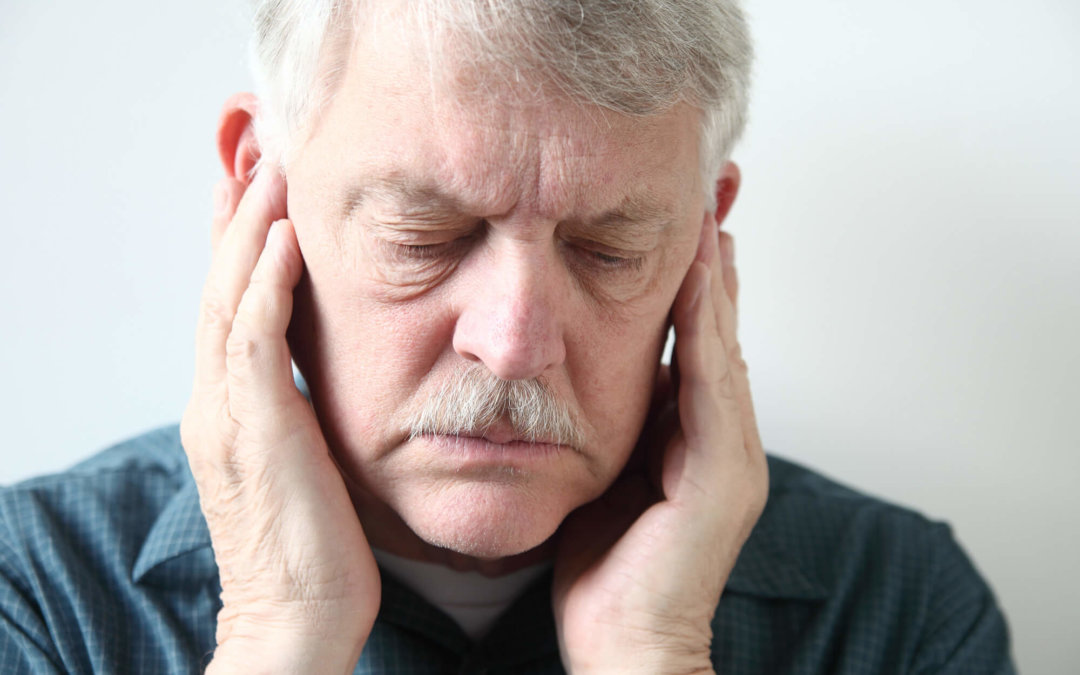What is a TMJ headache and how can it be treated? Check out our guide as we look at temporomandibular joint headaches, how they’re diagnosed, treated, and more.
Dealing with headaches you can’t quite get rid of? While your mind might first jump to migraines, these common culprits aren’t always to blame.
Experts estimate that between 5% and 12% of the population suffers from a condition involving the temporomandibular joint, or TMJ. This frustrating disorder can cause jaw pain, headaches, and other unwanted symptoms.
If this sounds familiar, you’re probably wondering, “What is a TMJ headache, anyway?” This condition may be behind your current pain, so here’s what you should know about its causes and treatment.
What Is TMJ?
As stated above, TMJ stands for “temporomandibular joint.” You have two of these joints, one on either side of your face.
The TMJs act as hinges that connect your jawbone to your skull, and you use them when you speak or chew. Because you can move your jaw up and down as well as side to side, this joint is more complicated than most. As a result, minor issues with the TMJs can make it harder to do daily activities.
Most people use the term “TMJ” to refer to any pain or dysfunction in that joint. However, the official term for this is TMD, or “temporomandibular joint disorder.”
Pain in the TMJ can present itself in a number of ways. You might experience inflammation, irritation, or soreness when doing one or more activities. Your pain may be acute, or you may have chronic pain that lasts for weeks or months.
What Is a TMJ Headache?
TMJ headaches are among the most common disorders of this joint.
It’s hard to be sure what causes them, but most experts believe it’s more likely among people who grind their teeth. When you grind your teeth, it activates the muscles in your TMJ. This tension can spread to the other muscles in your skull as well, eventually causing pain and headaches.
Most patients with TMJ headaches grind their teeth as an unconscious habit. This is more common during the day as a result of stress or at night while sleeping.
Other potential causes of TMJ include a misaligned, dislocated, injured, or malformed jaw. It can also be a result of arthritis, which affects the cartilage in the joint.
What Are the Symptoms of a TMJ Headache?
It’s not easy to tell the difference between a TMJ headache and a “normal” headache. However, if you’ve been experiencing headaches that involve tightness or soreness of your jaw or facial muscles, you might be dealing with a TMJ headache.
The pain from a TMJ headache tends to be in the area around the ear or temples. You may also notice a clicking sound when moving your jaw.
If you’ve noticed any changes in your bite, it might also be a sign that your headaches are related to TMJ. Symptoms like tightness or soreness in the jaw, pain while chewing, or difficulty opening your mouth can be signs that your pain is associated with TMJ.
How Can You Treat and Prevent TMJ Headaches?
Fortunately, you can take small steps to prevent TMJ headaches on your own. This will be more effective with milder versions of the disorder, but even people dealing with chronic pain might get some relief from home TMJ treatment.
Resting the joint should always be your first step.
Avoid habits like gum chewing, and try to open and move your jaw as little as possible. Keeping your teeth slightly apart when in a resting position can also help. In the worst cases, a soft-food diet may allow you to rest the affected area as well.
For acute pain, applying heat or ice packs to the affected area can offer relief. Be sure to put these packs against your jaw for no longer than 15 minutes at a time.
Physical therapy exercises for TMJ headaches can also help. These exercises help improve your jaw movement and range of motion overall.
If you suspect your teeth grinding happens more often at night, wearing a splint or night guard might help. These protective tools prevent you from moving your teeth together at night, and they can also help correct your jaw position.
Though your sleep position is less likely to be the cause of your teeth grinding, certain positions can put added stress on your neck and jaw. This is especially true of patients who sleep on their stomachs and sometimes their sides, so switching to sleeping on your back may offer some relief.
How Can a Professional Treat TMJ?
Though you can take early steps to treat TMJ pain at home, this may not ease the pain of severe or chronic TMJ headaches. If you’ve been dealing with TMJ headaches for two weeks or longer, especially if your at-home treatment doesn’t offer any relief, there are a few key ways an expert can help.
First, a professional can help diagnose the cause of your pain. They may rule out other issues by assessing your range of motion and oral health. In some cases, they may order X-rays or other imaging to check the health of your teeth, bones, and soft tissues.
If your TMJ is the result of issues with your bite, a trained specialist can help you correct this problem by reducing your grinding or clenching. This happens through occlusal analysis. The most common solutions include custom nightguards to wear at night or Botox and other therapies for pain relief.
Though the need is rare, if your TMJ headaches are the result of a disorder, injury, or dislocation, you may need to undergo surgery to address your pain.
Contact Our Experts for TMJ Pain Relief
If you’ve been struggling with TMJ pain, you don’t have to deal with it alone. Now that you’ve stopped wondering, “What is a TMJ headache, anyway?” it’s time to take action!
Our expert team has a wealth of experience helping patients who struggle with TMJ. If you’d like to schedule an appointment or reach out with questions, get in touch with us today.

